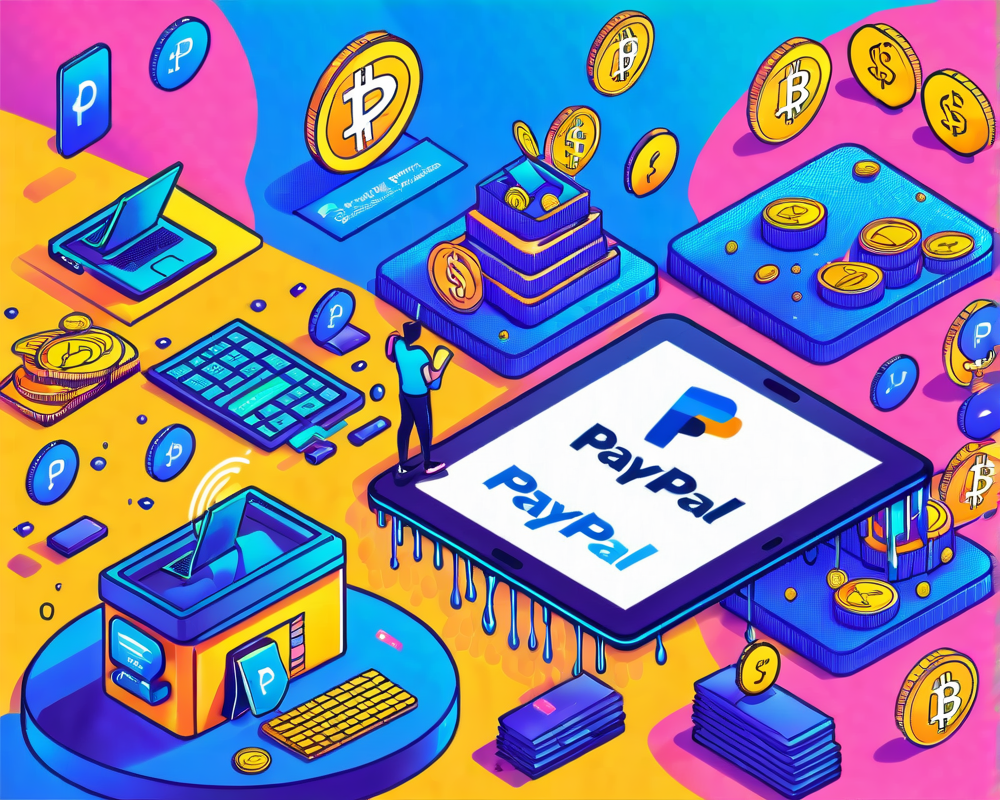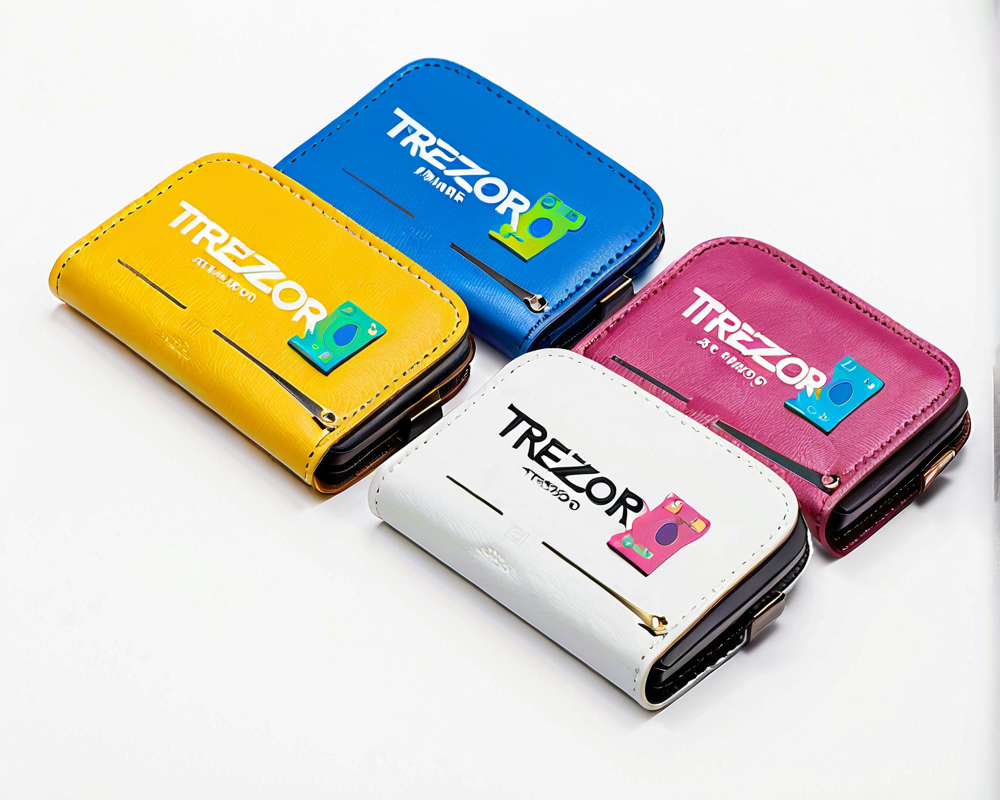Understanding PayPal’s Crypto Landscape
In a world where digital currencies are gaining traction, PayPal has positioned itself as a significant player. As of December 31, 2021, this payment giant holds a whopping $604 million in various cryptocurrencies, with a breakdown that showcases Bitcoin as the heavyweight champion. Talk about a balancing act!
Breaking Down the Numbers
When we take a closer look at PayPal’s crypto assets, Bitcoin (BTC) leads the pack, boasting $291 million of the total holdings. Ethereum (ETH) follows closely with $250 million, while Litecoin (LTC) and Bitcoin Cash (BCH) together account for $63 million. This joyful math confirms that a staggering 67% of PayPal’s financial liabilities ($902 million) is tethered to these digital currencies. That’s a cosmic commitment to the crypto world!
The Dance of Financial Liabilities
Now, let’s talk about liabilities. It turns out, PayPal’s total financial assets are over $25 billion. So, yes, they’ve got the numbers to back up their crypto ambitions, but they also acknowledge the unique risks that come with this digital dance—technological, legal, and regulatory concerns, to name a few.
“Due to the unique risks associated with cryptocurrencies, we recognize a crypto asset safeguarding liability to reflect our obligation to safeguard the crypto assets held for the benefit of our customers,” PayPal stated in their recent SEC filing.
Safeguarding Crypto Assets
Speaking of safeguarding, PayPal stores its customers’ cryptocurrencies via a third-party custodian—a decision made to ensure security. However, it’s not a matter of just trusting the custodian outright. PayPal has made it clear that their assets need to be kept separate. They highlighted that:
- Customer assets won’t be mixed with proprietary assets.
- There’s no guarantee these measures will prevent these assets from being part of a bankruptcy estate, should push come to shove.
Future Forward: PayPal’s Crypto Integration
With the launch of hold-and-sell services for Bitcoin in November 2020, PayPal has been on a mission to integrate as many blockchain technologies as possible. Richard Nash, the vice president, has dreams of tapping into central bank digital currencies moving forward. Who knew a payment service could also moonlight as a crypto pioneer?




